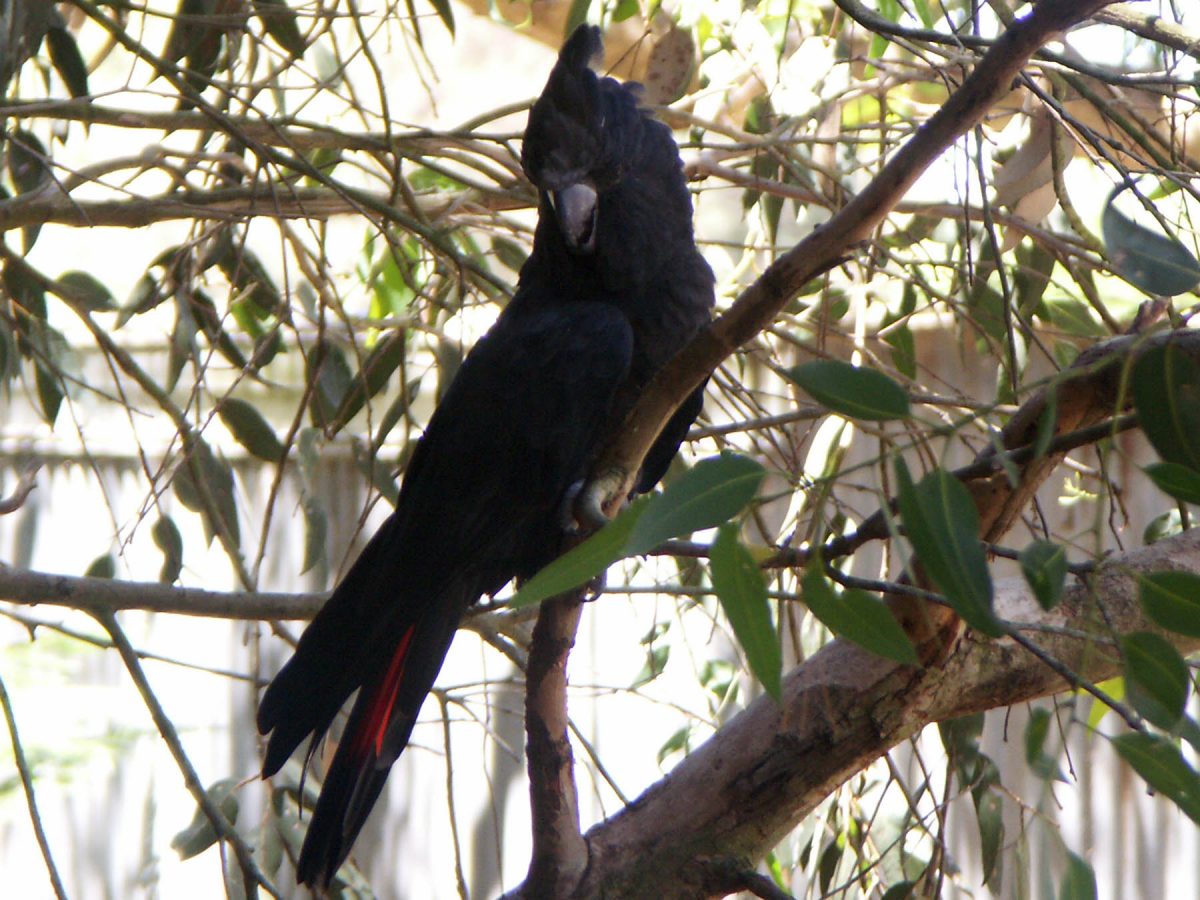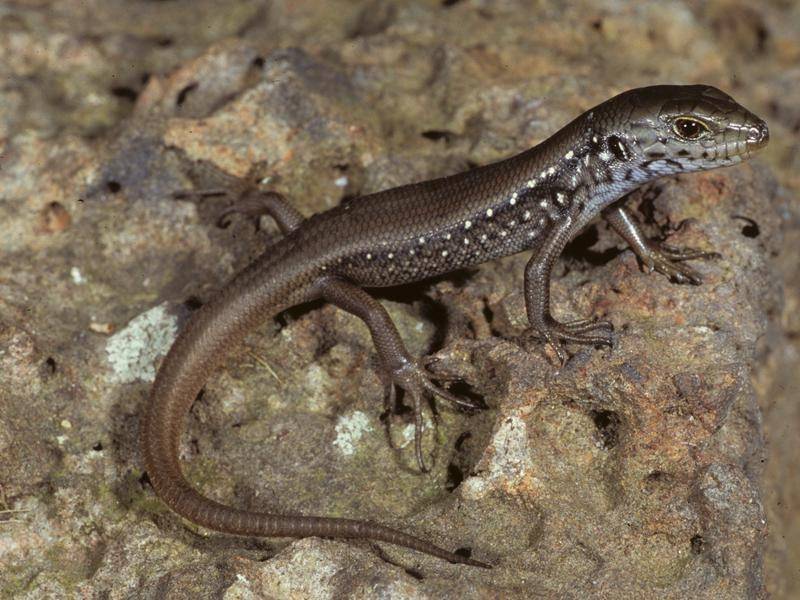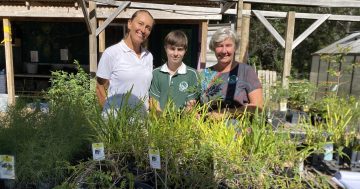
The glossy black cockatoo, once a regular sighting across southern NSW and the ACT, is now “vulnerable”, thanks to the loss of its habitat during the bushfires. Photo: Wikipedia.
One of the most loved birds across NSW and the ACT, the south-eastern glossy black cockatoo, is in danger of disappearing because of the destruction of its habitat during the 2019-20 bushfires.
The distinctive cockatoo, once often sighted in the NSW Southern Tablelands, Central Western Plains, inland towards the Riverina and across to the ACT, has just been deemed “vulnerable” by the Federal Government.
Smaller than most black cockatoos, the black glossy version is about 48cm long, with the male having a small crest, brown-tinged head and red tail panel. The female has large yellow blotches on her head and an orange-red tail panel with black bars. Babies often have yellow blotches on them.
Glossy black cockatoos are known to inhabit large eucalypt forests and woodland areas with hollow-bearing trees. They nest in these hollows and forage almost exclusively among she-oaks.
With the widespread devastation after the 2019-20 fires, much of the birds’ habitat was burnt out, leaving them vulnerable.
Australian Conservation Foundation (ACF) spokesman Josh Meadows said the news was also bad for the mountain skink which had already been placed on the endangered list under national environmental law. Almost 40 per cent of its habitat had been destroyed in the bushfires.
“They are only a small lizard, brown and grey with a brown belly,” Mr Meadows said. “The main areas where they lived were not traditionally bushfire-prone areas so they’re finding it hard to adapt to their environment now.”
The cockatoo and skink now join the koala, gang-gang cockatoo and greater glider as Australian species recently categorised as under threat of extinction.
The ACF’s biodiversity policy adviser, Sarah Power, said it was “terrible” for two more species to be pushed closer to extinction.
“The unique biodiversity of this ancient land is under threat from a combination of land clearing, logging, invasive species and climate change,” she said.
“South-eastern glossy black cockatoos feed almost exclusively on cones from mature female casuarina trees and they need the hollows of old eucalypts for nesting – these trees were hard hit by the bushfires of 2019-20.
“The mountain skink, listed today as endangered, is an essential part of the diversity that straddles NSW, Victoria and the ACT.”
She said the State of the Environment report, issued by Environment Minister Tanya Plibersek last month, concluded that the nation’s environment was in a poor condition – and deteriorating.

The mountain skink is now on the endangered list following the destruction of its habitat during the 2019-2020 bushfires. Photo: Australian Conservation Federation.
“Australia has one of the world’s highest extinction rates,” she said. “Since our national environmental law came into place more than 20 years ago, the list of endangered species has continued to grow.
“To halt Australia’s extinction crisis, we need stronger national environmental laws, an independent regulator to enforce them and adequate funding for the recovery of Australia’s endangered species.”
Mr Meadows said people who wanted to help save native animals and birds from extinction should ensure their habitats were not destroyed – either by natural disasters or human intervention.
He said the ACF was always keen to help track the whereabouts of native animals and birds considered to be on the vulnerable or endangered lists.
“If you love our native animals and birds, it is really important to advocate for them,” he said.
For more information on how you can help, go to the ACF website.
Original Article published by Sally Hopman on Riotact.








